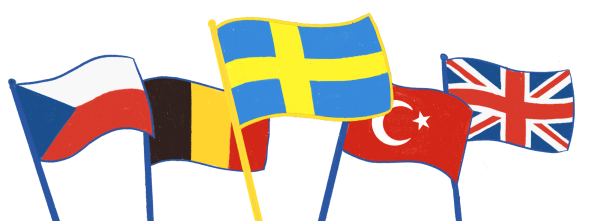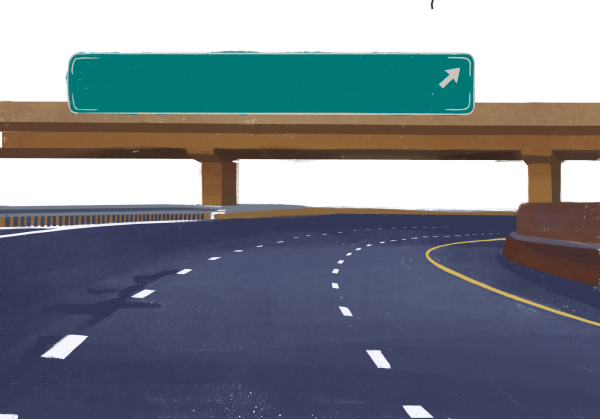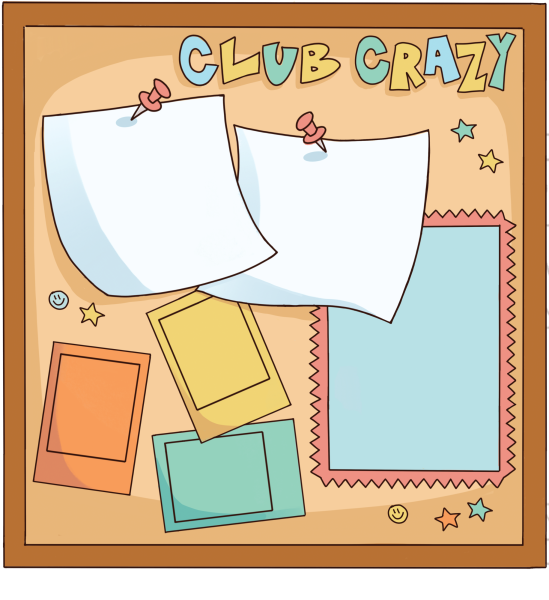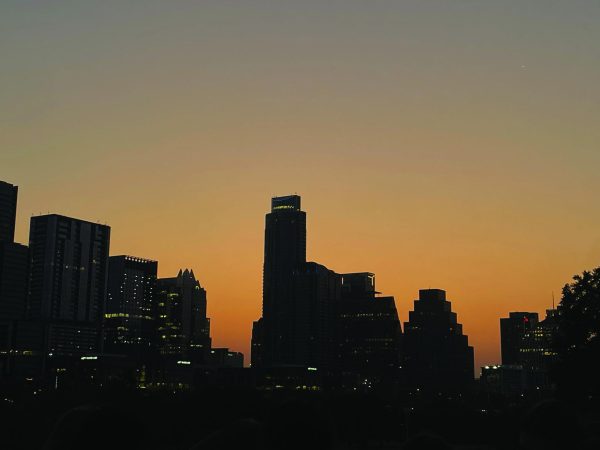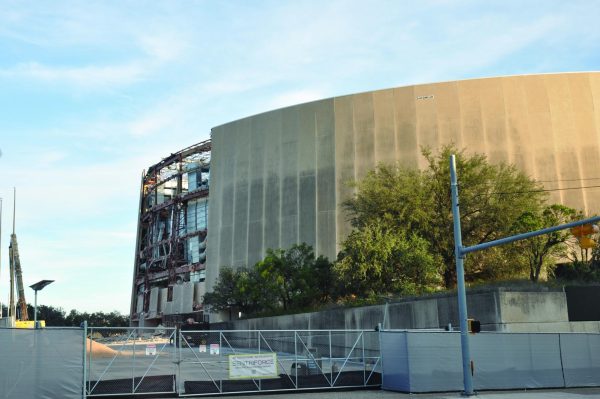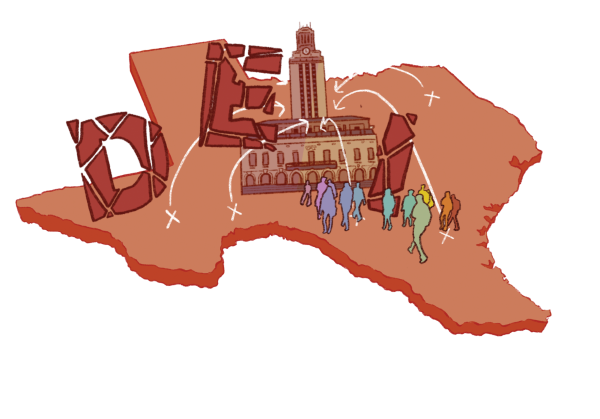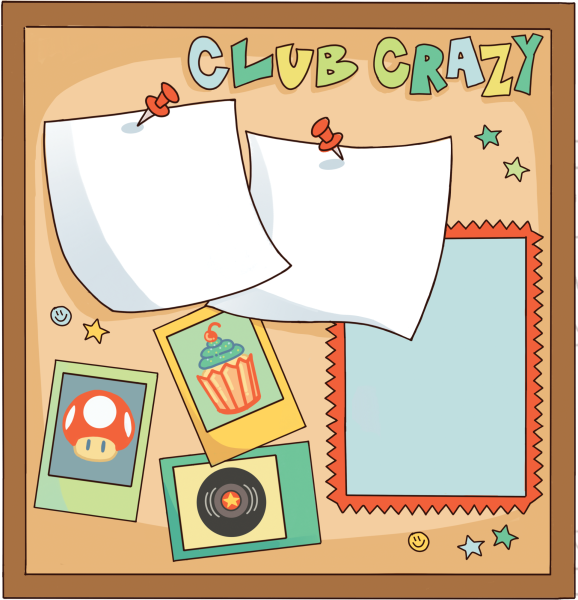Adopt A Sapling, Grow a Tree
November 15, 2020
Trees provide shade cover for neighborhoods, absorb carbon dioxide in the atmosphere, benefit biodiversity and are proven to help emotional well-being. Through LASA’s Adopt-A-Tree Program, over 100 new trees will be planted around Austin to do just that.
The Adopt-A-Tree Program is a project designed to help LASA students, faculty and staff plant free trees. A Google Form was open from Sept. 28 to Oct. 12 for potentially interested students to choose a tree. Trees will be delivered from Oct. 26 to Friday, Nov. 13 with help from NeighborWoods’ delivery system.
NeighborWoods is a project within the organization TreeFolks that delivers over 4,500 trees a year to citizens of Austin. About 120 LASA students and staff are going to get trees due to the Adopt-A-Tree Program.
Junior Marta Knoll is one of the adopters of a tree this year. Knoll filled out the form to request a pecan tree for her yard, and she said that she liked the simple format of the program.
“We just had to fill out the form and just say what kind of tree we wanted and where our house was,” Knoll said. “I thought it was a really great way for someone to be able to adopt a tree because it wasn’t a terribly long and confusing process.”
Senior and Adopt-A-Tree Program creator Pearl Morosky, said she was glad that the form was easy to use and that Knoll was able to find a tree that she liked. Morosky said she included nine total options for trees: three small trees, three medium sized trees, and three large trees, in the hope that students would learn about different tree species.
“I’m not a big tree biologist, so I was just kind of selecting what I thought people would find fun and interesting,” Morosky said. “I have information about all the trees on my form, so I thought that if there was some cool tree that people hadn’t heard about, they would get to maybe learn a new thing or two.”
With all of the tree decisions made and forms completed as of Oct. 12, Morosky said she has worked to review each form in a large Google Sheet and verify that the homes are suitable for a tree. Morosky said she checks to make sure that each tree is over 20 feet away from a building, located away from power lines and positioned so as to not block a driver or pedestrian view at an intersection.
“I have it all in a Google Sheet,” Morosky said. “I basically go on Google My Maps, which is basically like Google Earth, and I survey each property and basically check to make sure that there’s space available.”
Morosky said she has confirmed that Knoll’s property met the requirements to gain a tree. The trees can now be distributed, a process Knoll also said she approves of given its safety during COVID-19.
“[The form] said that they were going to deliver the trees to you, which I thought was really great especially during COVID because that meant a lot of people didn’t have to go to one place to pick something up, which could potentially lead to people getting sick,” Knoll said. “If they were just dropping off the trees at your house, there’s less of a chance of exposure, and there’s less of a chance of germs being transmitted.”
The distribution of trees has been done through a collaboration between the Adopt-A-Tree Program and NeighborWoods. NeighborWoods assistant Becky Woodward said the program has had to adapt their system to home deliveries during COVID-19.
“This year, we will be delivering most of the trees to people’s houses,” Woodward said. “In previous years, we might hold four events where we’d have 200 [or] 250-plus people come and pick up the trees that they ordered, but due to COVID, we have adjusted a little bit, and so we’re going to be doing a lot of free home deliveries.”
Senior and Environmental Club co-leader Gaelila McKaughan said she is glad that NeighborWoods has helped to distribute the trees. In addition, she said that the Environmental Club likes the Adopt-A-Tree Program because of its combination of environmental practices and involvement of students through planting trees in their yards.
“We really like to tie our efforts towards sustainability with community involvement,” McKaughan said. “We think that that is a really cool program that does both…planning it at home is also a way of making the LASA community greener because the LASA community extends beyond its campus.”

